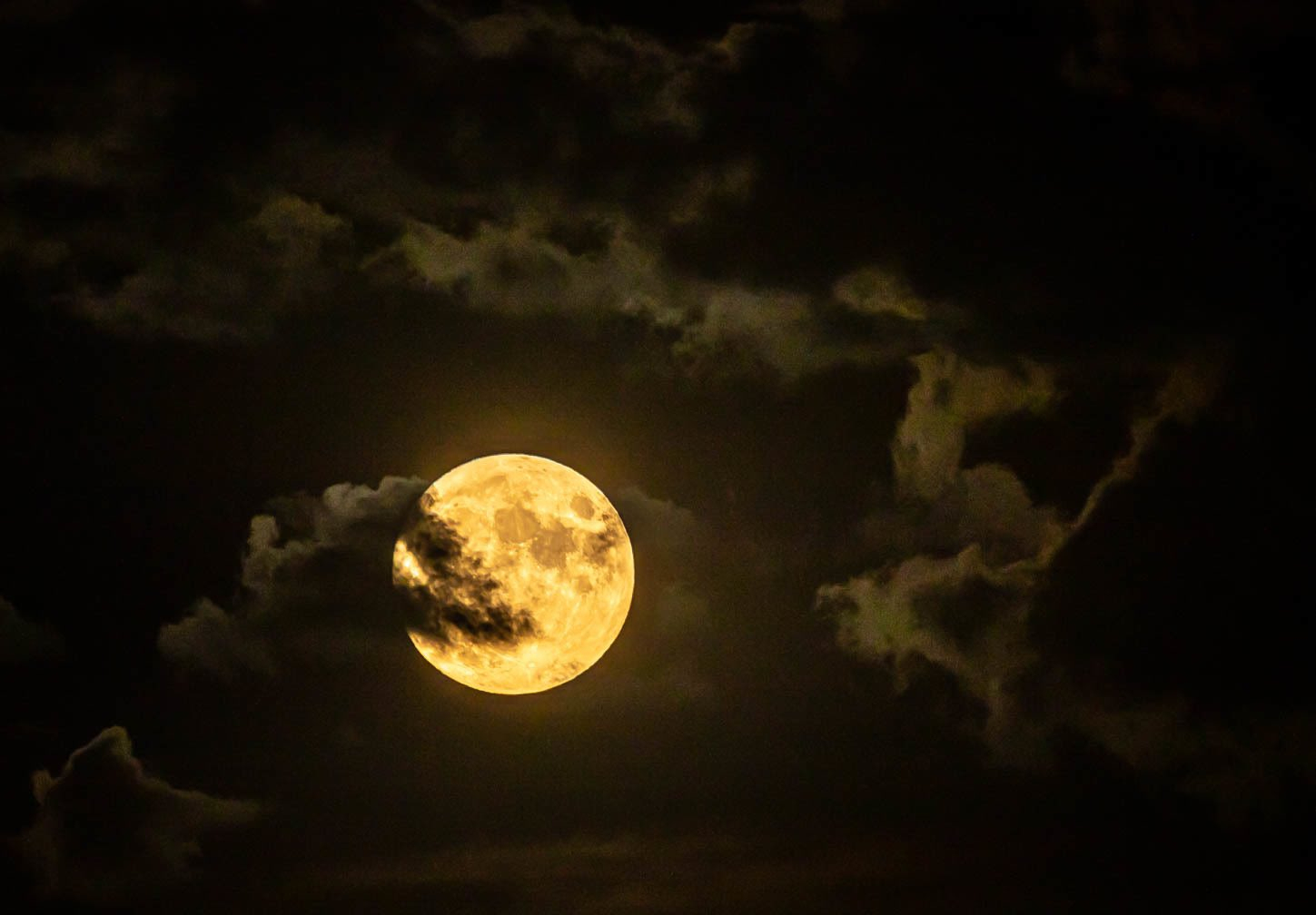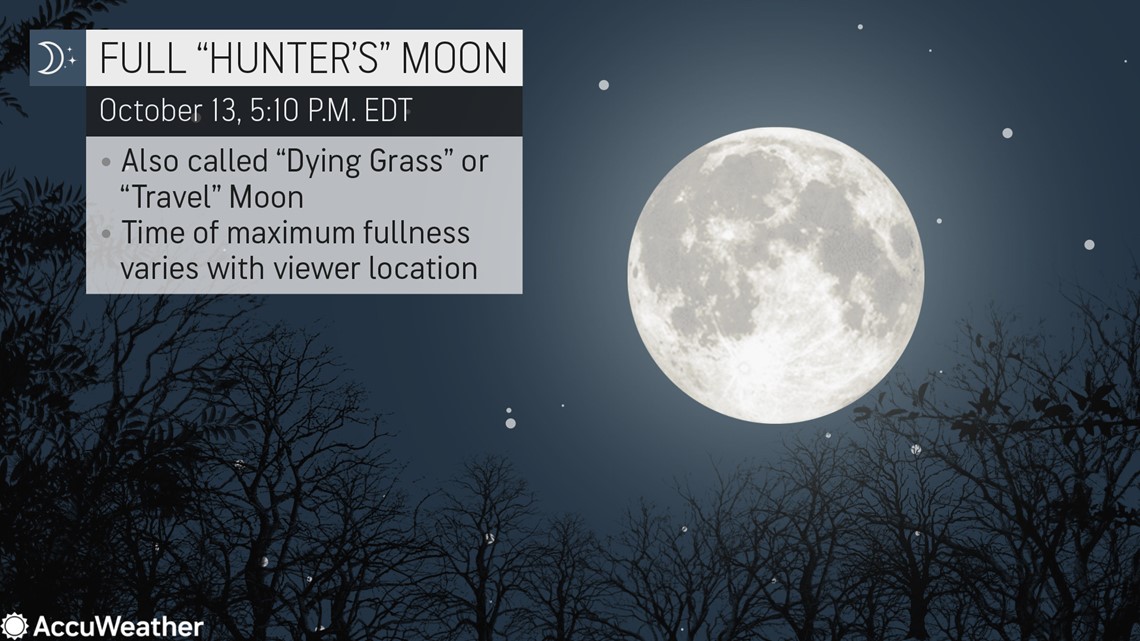Full Moon October 2025: A Guide to the Hunter’s Moon
Related Articles: Full Moon October 2025: A Guide to the Hunter’s Moon
- Islamic Calendar 2025: A Comprehensive Guide To The Hijri Year 1447
- Create A Comprehensive 2025 Calendar In A Single Google Sheet
- Calendar Labs 2025 UK: Shaping The Future Of Calendaring
- Whitney Houston 2025 Calendar: A Timeless Tribute To The Queen Of Soul
- Holiday Calendar 2025 US
Introduction
In this auspicious occasion, we are delighted to delve into the intriguing topic related to Full Moon October 2025: A Guide to the Hunter’s Moon. Let’s weave interesting information and offer fresh perspectives to the readers.
Table of Content
Video about Full Moon October 2025: A Guide to the Hunter’s Moon
Full Moon October 2025: A Guide to the Hunter’s Moon

The full moon of October 2025, known as the Hunter’s Moon, will illuminate the night sky on Friday, October 31st. This celestial event holds significant cultural and astronomical importance, marking a time of transition and harvest.
Cultural Significance of the Hunter’s Moon
The name "Hunter’s Moon" has its roots in Native American traditions. As the leaves turn vibrant hues of red and orange, signaling the onset of winter, hunters would prepare for the upcoming cold months by stocking up on provisions. The bright moonlight provided ideal conditions for tracking and hunting game.
In various cultures, the Hunter’s Moon is associated with different beliefs and practices:
- In Celtic tradition, it is known as the Samhain Moon, marking the transition between summer and winter and the beginning of the Celtic New Year.
- In some parts of Europe, it is called the Blood Moon due to its reddish hue, which is caused by the scattering of sunlight by atmospheric particles.
- In China, the Hunter’s Moon is associated with the Mid-Autumn Festival, a time for family reunions and mooncakes.
Astronomical Significance of the Hunter’s Moon
From an astronomical perspective, the Hunter’s Moon is the full moon that occurs closest to the autumnal equinox, which falls around September 22nd. During this time, the Earth’s tilt causes the days to become shorter and the nights longer in the Northern Hemisphere.
The Hunter’s Moon is unique because it rises near the eastern horizon and sets near the western horizon, creating an arc across the sky. This phenomenon is known as the "moon’s libration" and is caused by the Moon’s elliptical orbit around the Earth.
Observing the Hunter’s Moon
The Hunter’s Moon will be visible to observers around the world on the night of October 31st, 2025. To get the best view, find an open area with clear skies and minimal light pollution.
The full moon will be at its peak illumination at 10:49 PM UTC. However, it will appear full for several nights before and after this date.
Tips for Photography
Photographers can capture stunning images of the Hunter’s Moon by following these tips:
- Use a tripod to stabilize your camera and prevent blurry images.
- Set your camera to manual mode and adjust the aperture, shutter speed, and ISO to achieve the desired exposure.
- Experiment with different compositions, such as including foreground elements or capturing the moon’s reflection in water.
- Consider using a telephoto lens to zoom in on the moon and capture its craters and other features.
Events and Activities
Many communities around the world host events and activities to celebrate the Hunter’s Moon. These may include:
- Moonlit walks and hikes
- Bonfires and storytelling
- Cultural performances and rituals
- Harvest festivals
Conclusion
The Hunter’s Moon of October 2025 promises to be a captivating celestial event that holds both cultural and astronomical significance. Whether you choose to observe it from your backyard, attend a special event, or simply appreciate its beauty from afar, the Hunter’s Moon is a reminder of the changing seasons and the interconnectedness of nature and humanity.








Closure
Thus, we hope this article has provided valuable insights into Full Moon October 2025: A Guide to the Hunter’s Moon. We appreciate your attention to our article. See you in our next article!